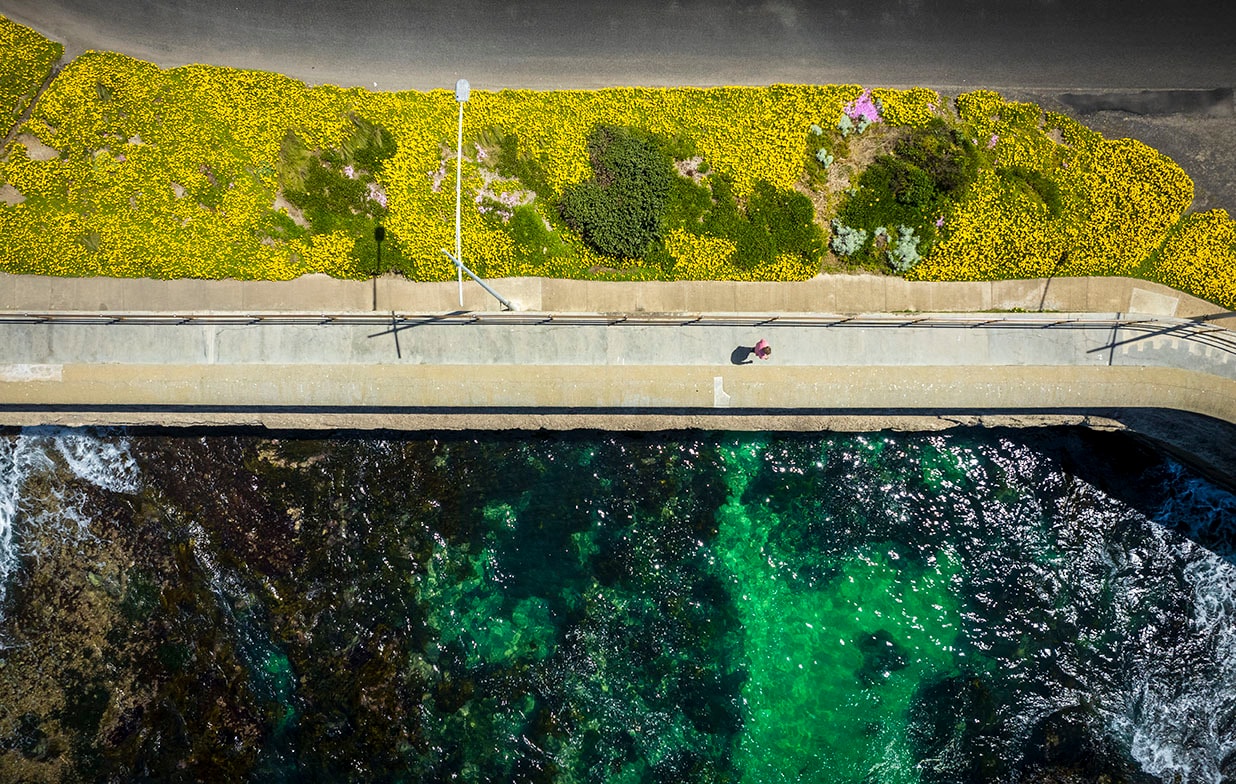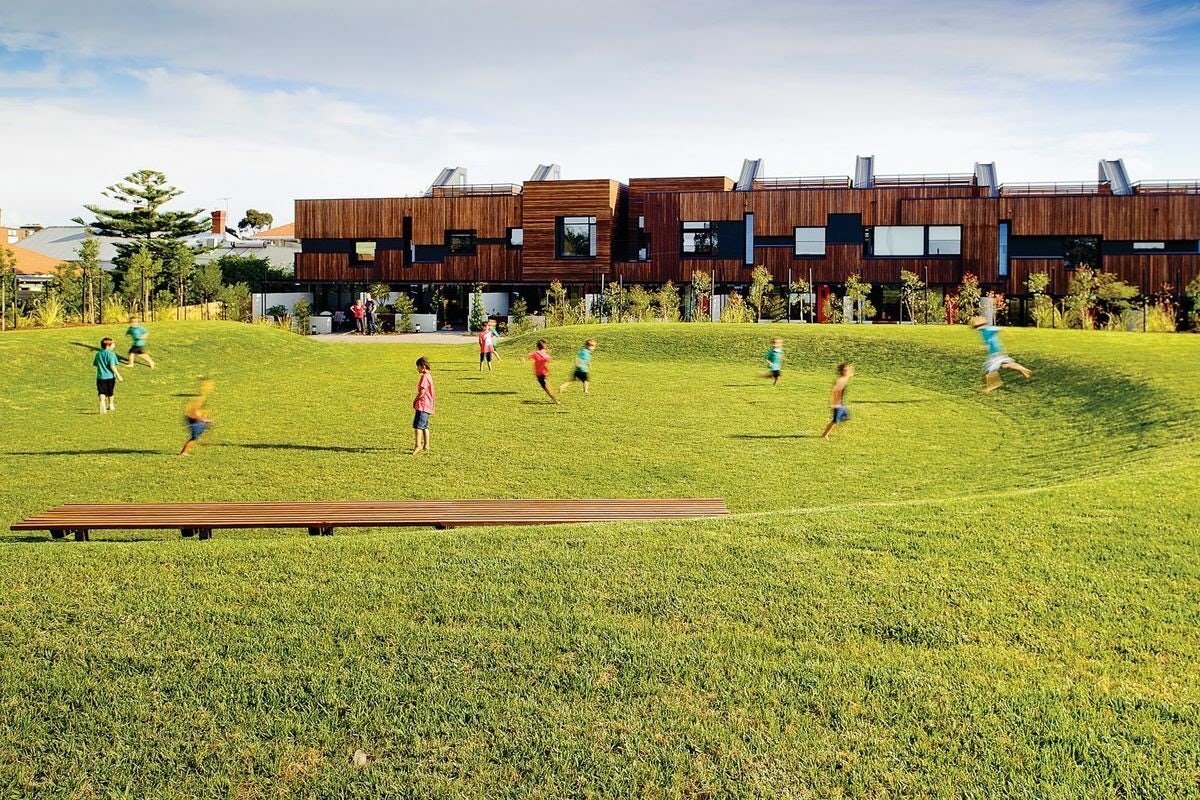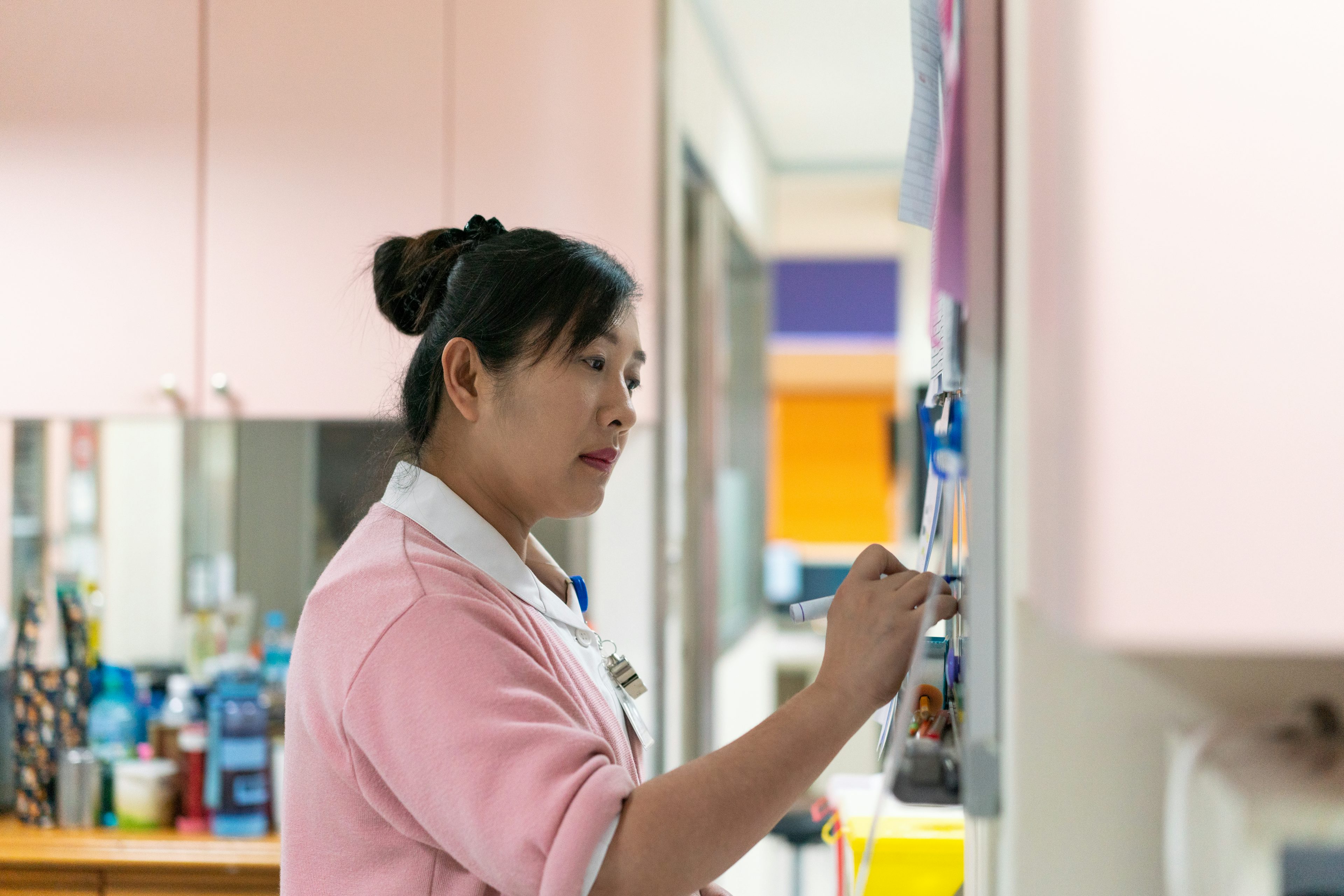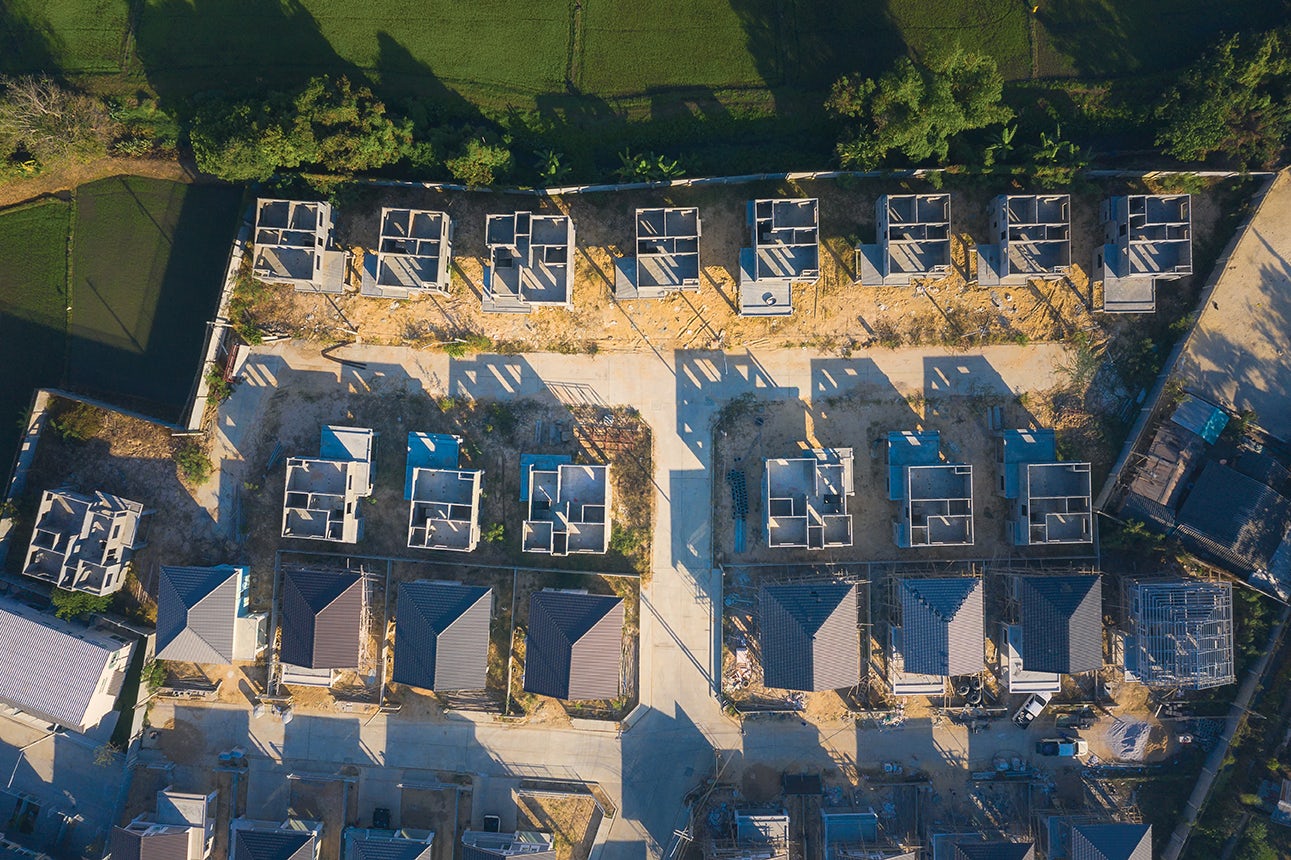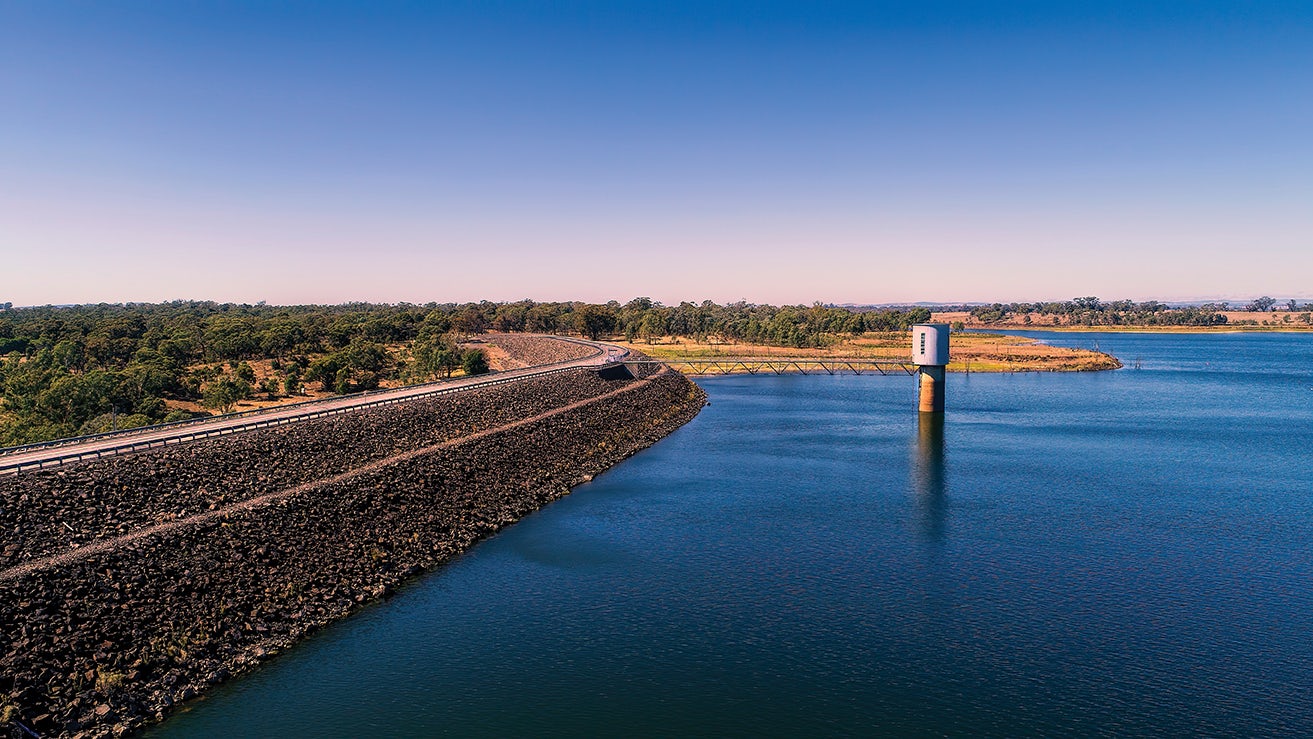Health
Victoria's health system faces pressure as the population ages. Infrastructure Victoria's work highlights how infrastructure investment can help Victorians to access the right care and be healthier.
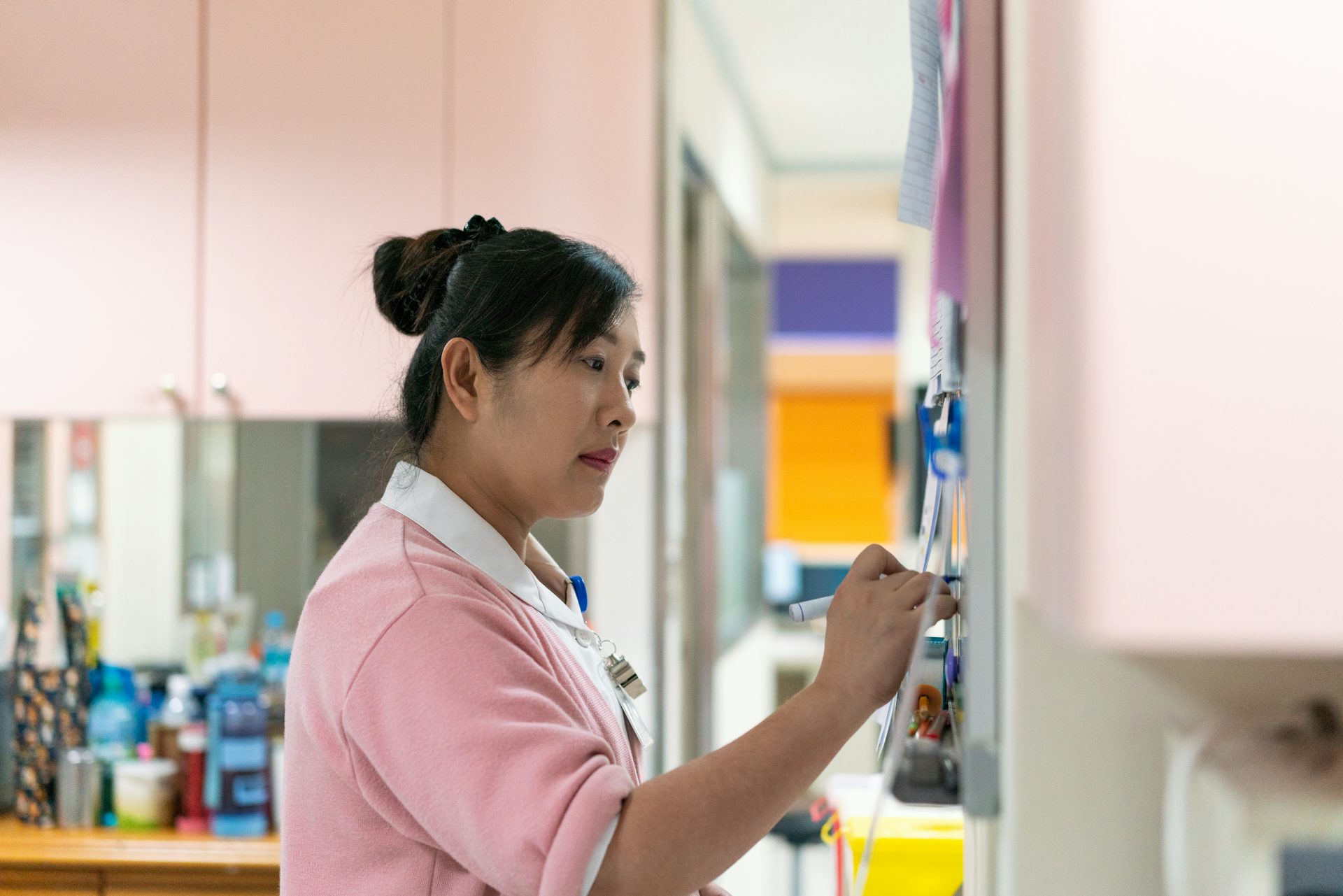
Challenges
Victoria's health system is facing increasing demand
Victoria's health system is treating more people with complex needs. By 2051, one-fifth of Victorians will be 65 or over and 28% will have 3 or more chronic health conditions. Demand for alcohol and drug treatment has also increased 40% since the pandemic. Without more investment, the health system will struggle to meet this changing demand.
Poor infrastructure is limiting health service access and quality
Three of Victoria’s major specialist hospitals need urgent redevelopment. Delays have forced ward closures and limited access. Much of Victoria's community health infrastructure is old and deteriorating. Forty per cent have building problems that limit services, and many people face long wait times. Health services cannot easily share patient records or medical images. Nearly one third still use paper records.
Access to health infrastructure is unequal
Where Victorians live affects their access to health services. People in outer suburbs and regional areas have fewer health services and sports facilities. Many must travel further for treatment. Some regional areas have no residential alcohol and drug treatment facilities. Regional Victorians face higher rates of chronic disease and are more likely to drink at dangerous levels or die from an unintended overdose.
